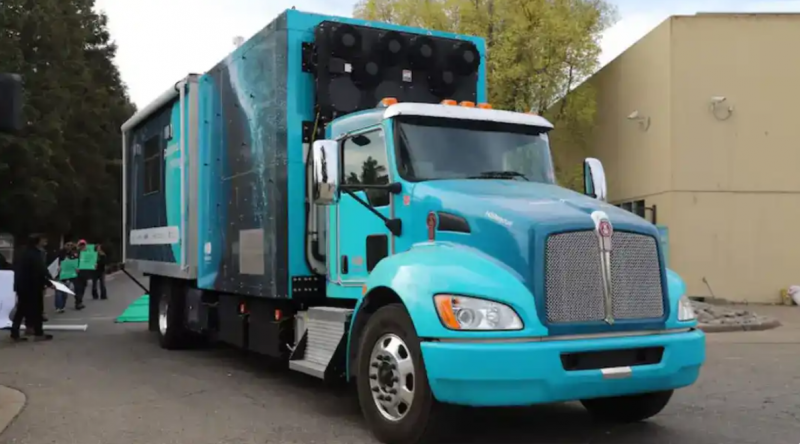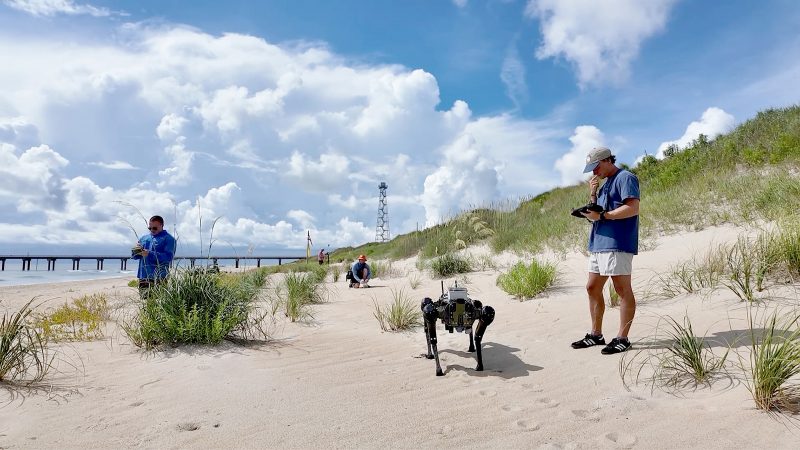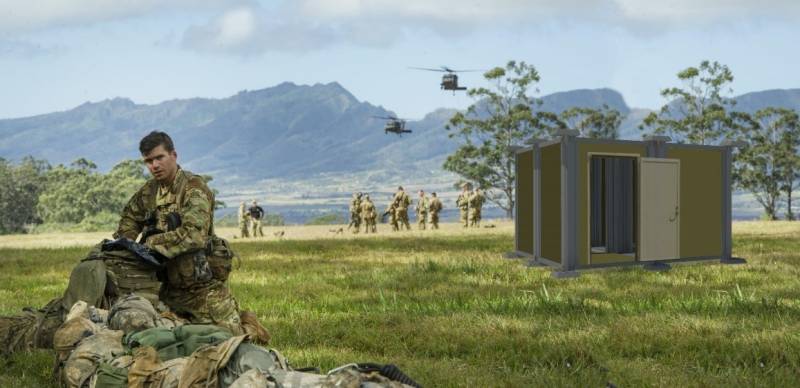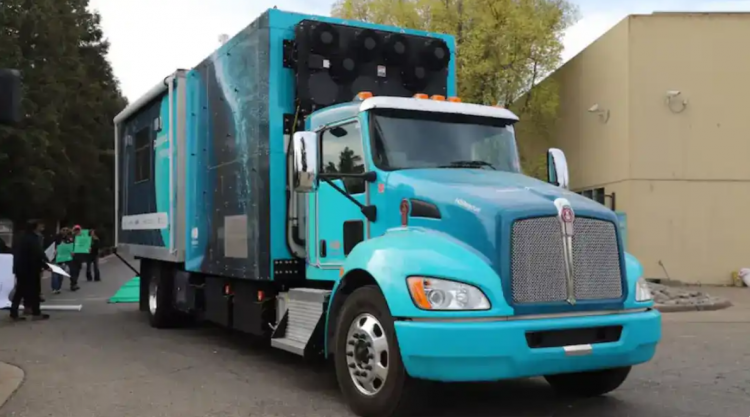Podcast Resources: #38: H2Rescue
A team at ERDC’s Construction Engineering Research Laboratory; along with a long list of federal, military and industrial partners; developed the H2Rescue Vehicle to fill a gap in our nation’s ability to respond to man-made and natural disasters. Listen to the podcast with ERDC’s Nick Josefik, a lead in the vehicle’s development: PowerofERDCpodcast.org/38-h2-rescue-vehicle Watch a…
Read More







Recent Comments